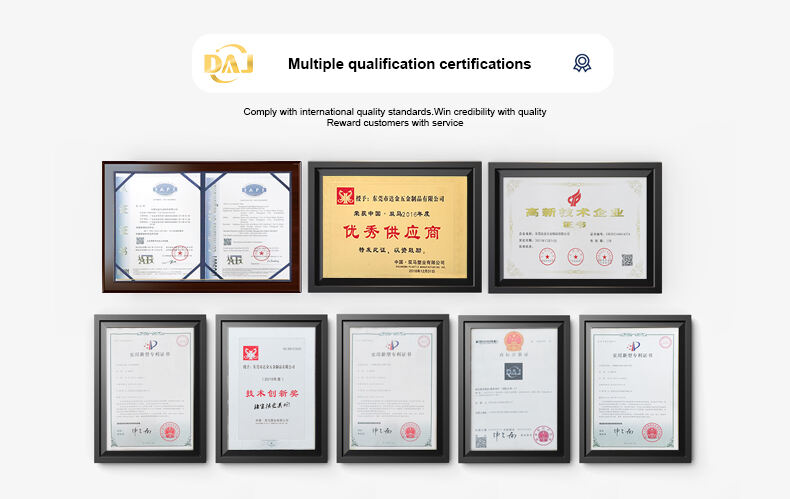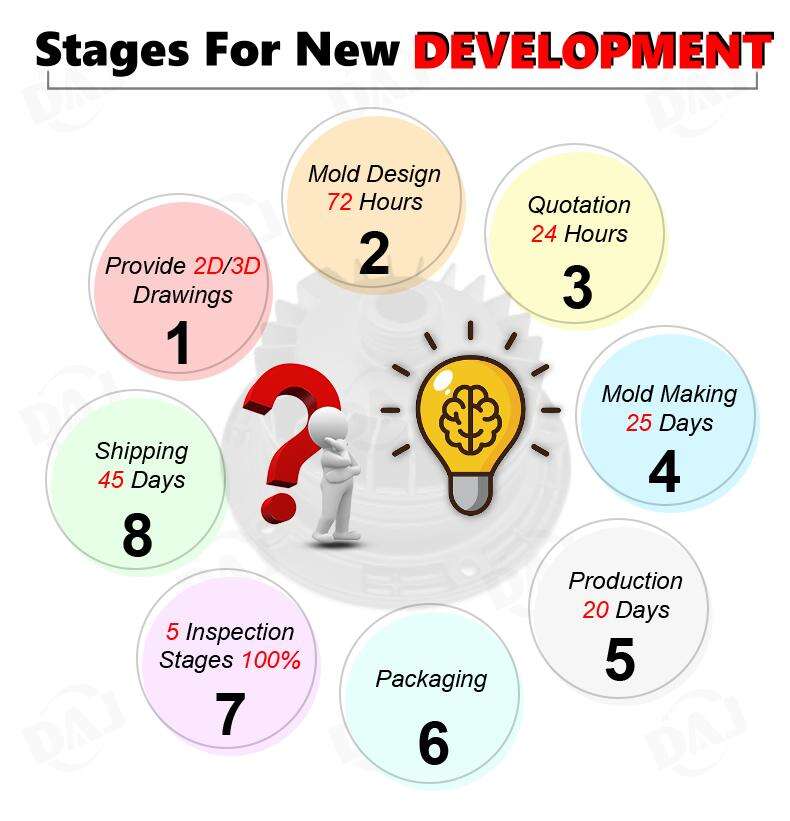zamak casting
Zamak casting is a precision metal casting process that uses Zamak, an alloy of zinc, aluminum, magnesium, and copper, to produce high-quality components with intricate details. The main functions of Zamak casting are to create complex shapes which simply cannot be achieved through conventional manufacturing, provide excellent surface finish and lower cost solution for both small batch productions as well large scale production runs made up of many different items. The technological features of Zamak casting include a high dimensional accuracy and the creation thin walls. It can also make near-net shapes, which reduces or eliminates any need for cutting after casting. Such processes find wide application in industries such as automotive electronics, telecommunication systems. In an age of light-weight products that are durable wherever you turn there will always be an application for these materials.


